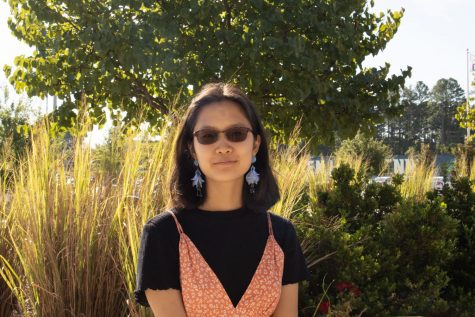Prom Needs to Be More Inclusive
Queer and low-income students face barriers to attending prom.
May 3, 2022
Green Level’s first prom was held this past weekend: the first dance held since the beginning of the pandemic. On the last day of April, limousines were rented, TikTok transformation videos were made, and after-parties were had.
PROM ‘22: How it started How it finished . . . That’s a wrap! Thank you for a great night Gators! (Stay tuned for more pictures later!) pic.twitter.com/XKiOKi3Fro
— Green Level High School (@GreenLevelHigh) May 1, 2022
As beautiful as the night was, it wasn’t free from its elitist past with tickets up to $75 for guests and juniors, additional costs for outfits, transportation, hair and makeup, and meals. In fact, in 2015, the average cost of prom was $919.
Prom is often regarded as an essential part of the American public high school experience, portrayed in movies from Mean Girls to Carrie, and a national tradition. In these years coming out of the pandemic, the night is of even greater significance as it becomes a symbol of “return to normalcy”.
But if the cost of attendance is so high, this “essential” event becomes exclusive to only those who are able to pay for it. There should be a greater effort to make the night more affordable or even free for everyone. Students should not have to shy away from attending due to ticket prices or feeling like their dress is not formal enough.
Furthermore, the binary crowning of prom king and queen poses yet another system of exclusivity. As the court is divided by “5 girls” and “5 guys”, those who identify outside the gender binary are completely disregarded. There is also a concrete impossibility of seeing queer couples winning the court.
So instead of the outdated voting of a prom queen and king, there should simply be open positions for nominations and gender-neutral crownings.







